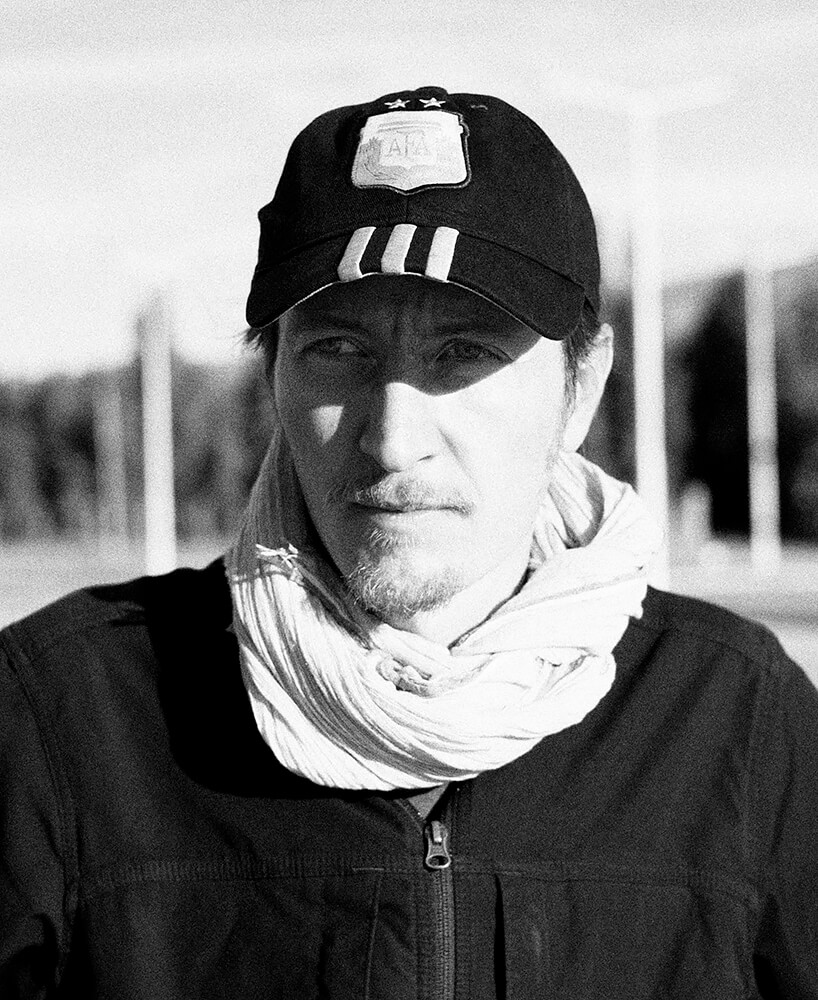Toby was born Esslingen/Germany in 1977 and studied at the Stuttgart Academy of Art and Design. Soon his photography focused on social, environmental and political topics.
Based in Argentina and Germany he works both on assignments and personal long-term projects. He is mostly interested in post-war and crisis situations as well as in the daily life of people.
Toby's work has been awarded internationally, e.g. with the Philip-Jones-Griffiths-Award in 2018, the Sony-World-Photo-Awards in 2019 and 2017 and Nannen-Preis in 2017. The same year he received an Honorable Mention by UNICEF Photo of the Year.
His work is published in Stern, Sueddeutsche Zeitung Magazin, die Zeit, Greenpeace Magazin, Amnesty Journal, Neue Zürcher Zeitung and others.
In March 2019 his first book "Wee Muckers–Youth of Belfast" was published by
Kehrer Toby is represented by Fotogloria and member of Anzenberger Agency.
Toby Binder is a winner of
Gomma Grant 2019
Awarded Photographer of the Week - Week 44
